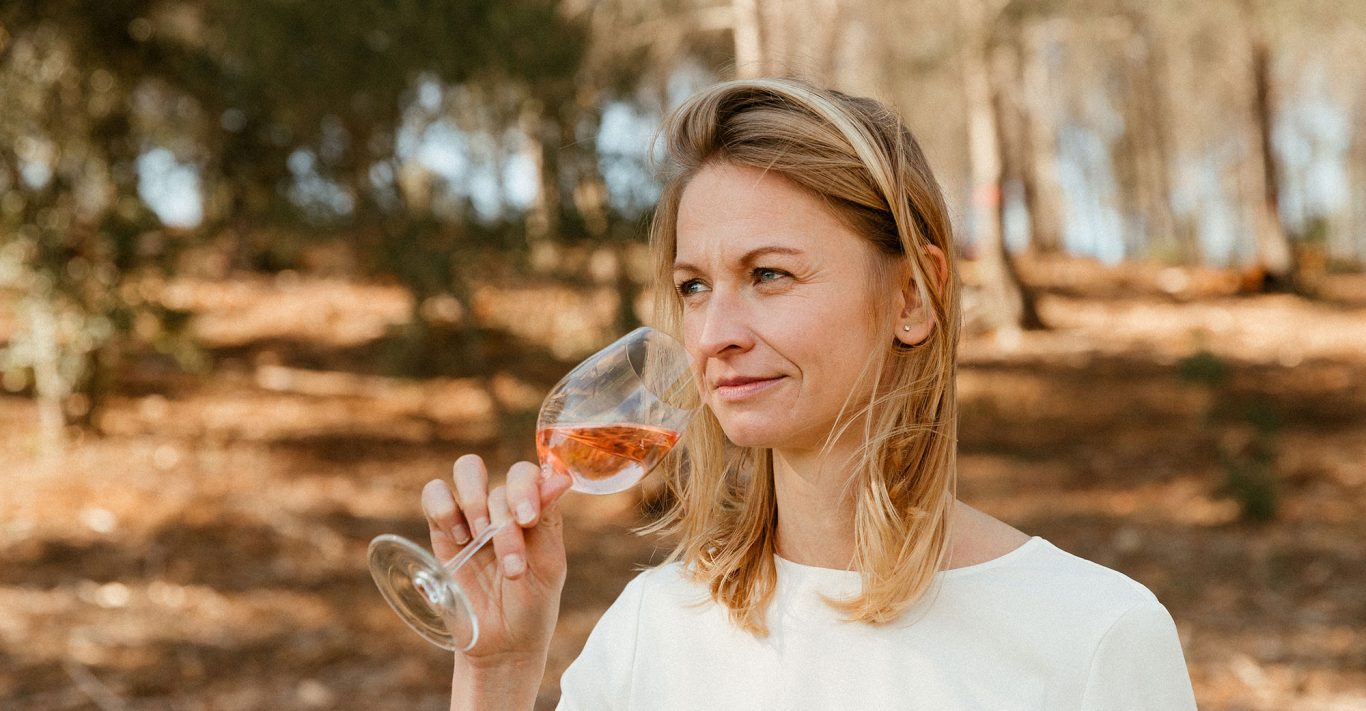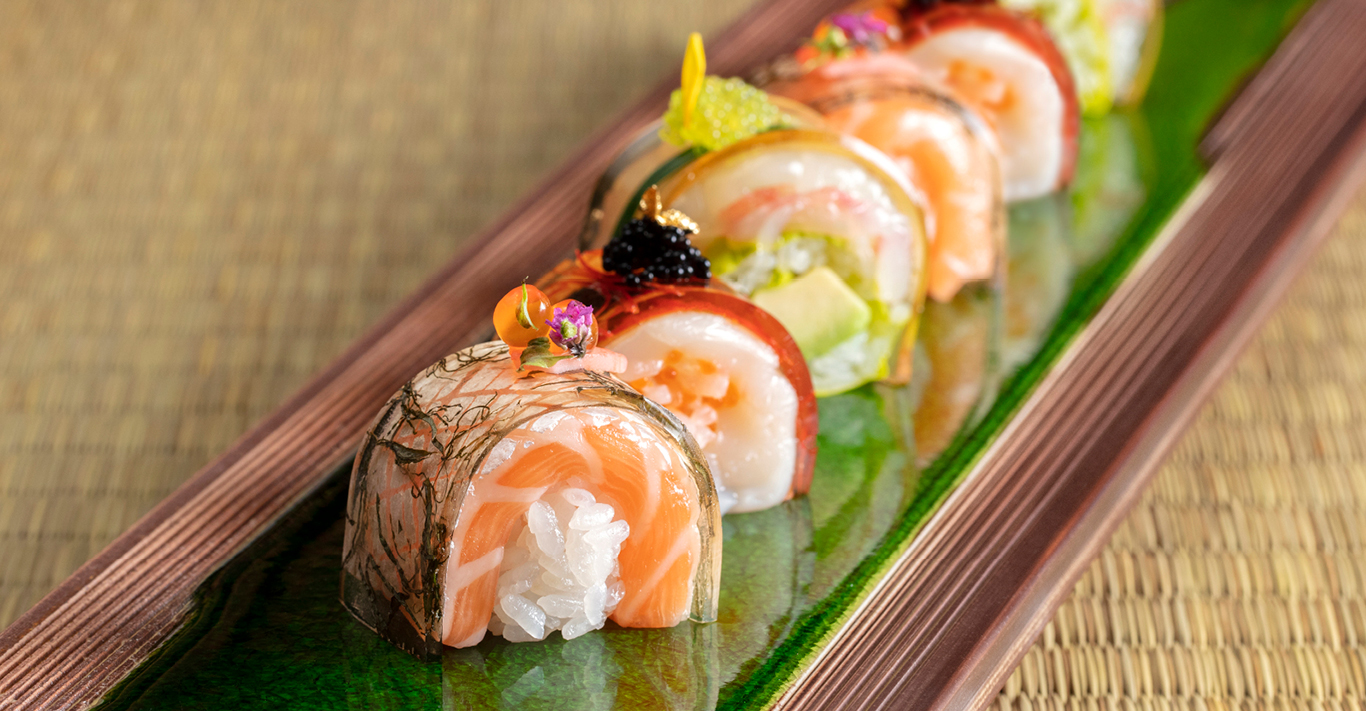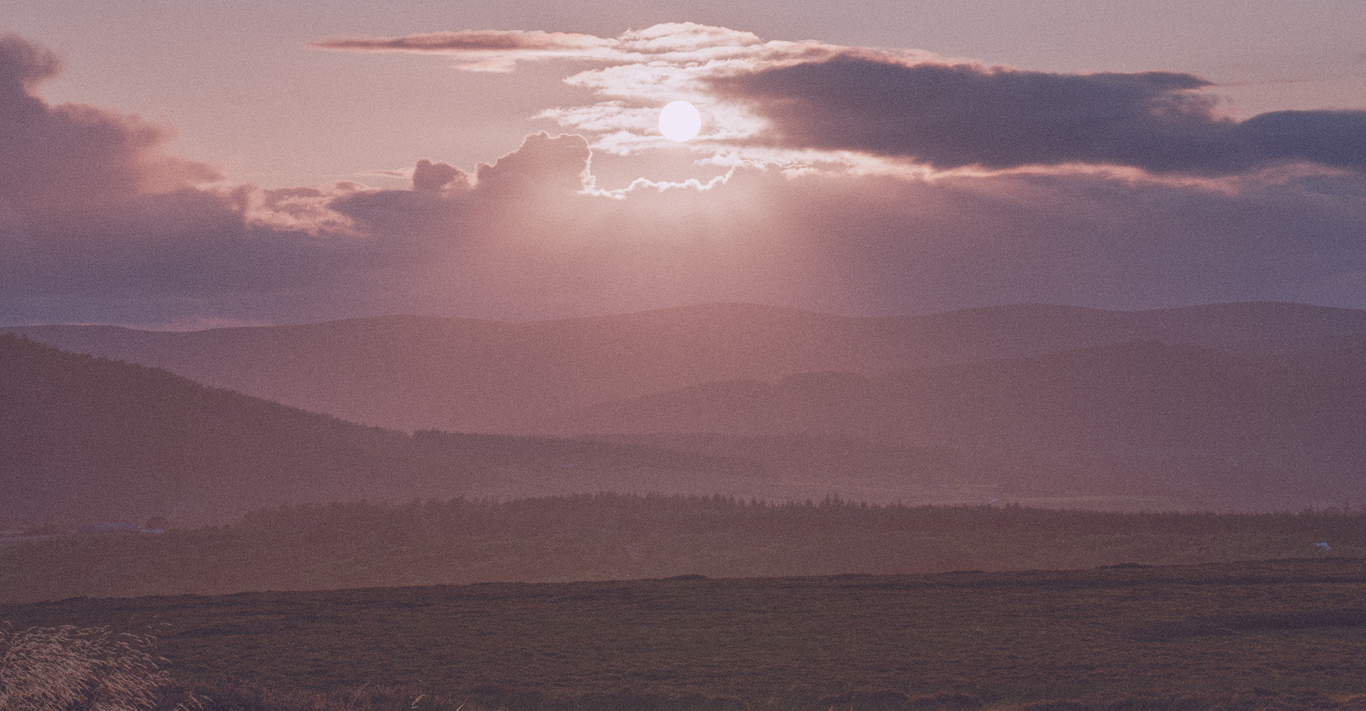WORDS
Jane Fulcher
How did you start in wine?
I started in wine by chance when I did my MBA internship at a fine wine merchant looking to open their offices in Hong Kong; while I had absolutely no knowledge of wine, I speak Mandarin Chinese. It was at this point that I discovered an industry built on nature, thus requiring humility and patience, and built on sharing and passion. I fell in love. I joined Krug Champagnes in 2013, where I was international commercial director, before the Group asked me to take on Château Galoupet following its acquisition in the summer of 2019.
My respect for nature and passion for ecology, instilled in me by my mom from a very young age, has had a lasting impact. My grandparents were farmers, and as such, I’ve always appreciated their connection with the earth. I see Château Galoupet as an opportunity to pair my experience in wine and connection with nature.
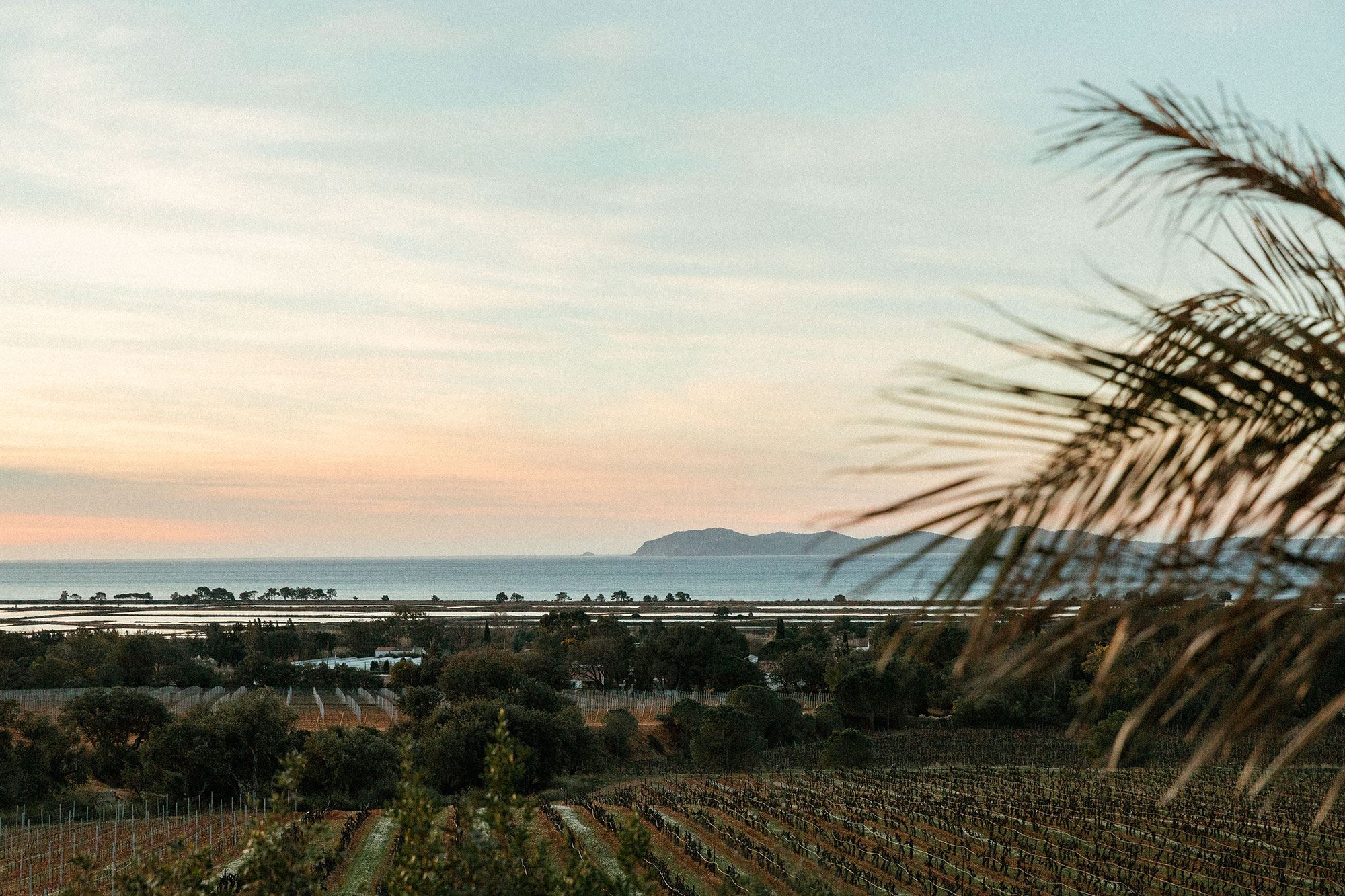
Can you explain what makes Château Galoupet different?
Château Galoupet is a Cru Classé since 1955 and is one of only 18 in the region. It’s made up of 69 hectares of vineyard and 77 hectares of protected woodland that co-exist. We are in organic conversion and our first certified wines will be ready in 2023. The ecosystem between the vineyard and woodland is something we’re dedicated to protecting and nurturing. In addition, and due to our location, the estate benefits from its own natural ventilation system, with mineral winds from the north and the sea breeze from the south, which purifies the soils, helping to prevent disease. There are three distinct micro-terroirs spread across 41 plots growing six grape varieties. One of these is tibouren, a rare, but intrinsic grape variety of the region.
Can you describe how you approach sustainability and why it is so important to what you do?
Our vision for Château Galoupet is to transcend Provence through both its terroir and its biodiversity. We’re committed to crafting exemplary terroir wines in the most respectful way to the environment and have left no stone unturned to ensure that we do so.
As a Cru Classé, Château Galoupet owns 100 per cent of its grapes, allowing for complete viticulture management and transparency of sustainable practices at every step. We value our trial-and-learn ethos, enabling fluidity in processes to ensure the best outcomes for and from nature are achieved. As an example, we are trialling different cover crop blends to assess the impact on soil and vine health to inform future planting strategies.
Packaging accounts for around 40 per cent of a winery’s carbon emissions. At Château Galoupet, we wanted to look for new, more sustainable solutions. The Château Galoupet Cru Classé amber bottle comprises 70 per cent recycled glass vs 0 per cent in a clear bottle and weighs just 499g, 271g lighter than that of an average bottle of rosé.
Galoupet Nomade 2021 is presented in a flat ultra-light recyclable bottle (weighing 63g), almost 10 times lighter than an average bottle and made from recycled Prevented Ocean Plastic.
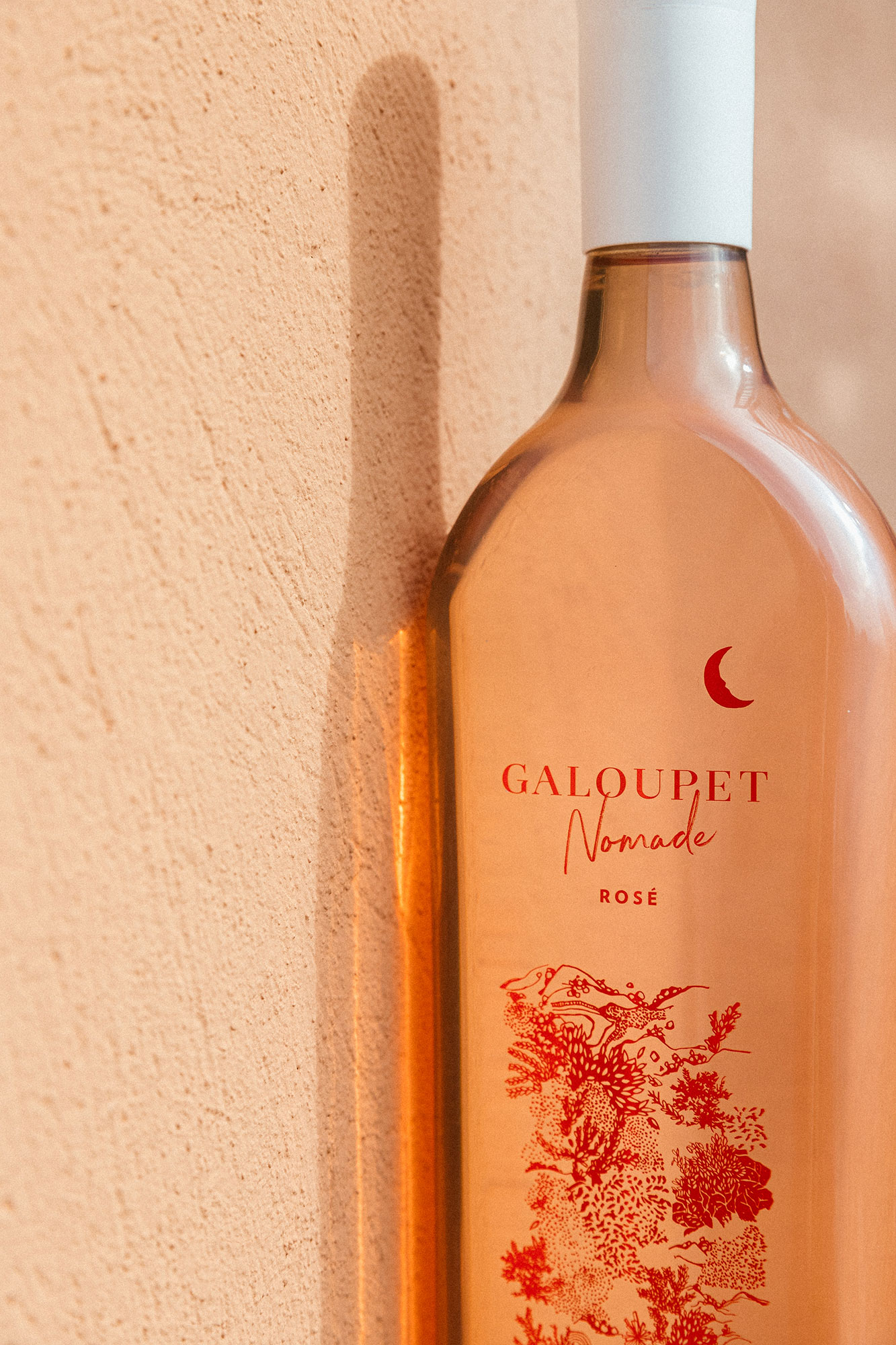
Château Galoupet has become a sanctuary of biodiversity. How have you achieved this and why?
Our vision was to create a sanctuary for biodiversity in Provence and a blueprint for organic viticulture with an ambition to make Château Galoupet a lighthouse of sustainable development for Moët Hennessy.
We are working with local partners to create action plans to protect and regenerate the ecosystem between the 77 hectares of protected woodland and 69 hectares of vineyards for now and the future.
Within the estate’s protected woodland, the Observatoire Francais d’Apidologie (OFA) have installed 200 beehives. The positive impacts on the hives as a result of the location within the estate was so promising that Château Galoupet and OFA jointly decided to establish one of only 12 queen bee fertilisation stations in the world.
Château Galoupet will develop its own biodiversity trail, which will be open to the public. It is important we give back to the local community and nature of Provence. Thanks to a three-year action plan in place with the Conservatoire d’espaces naturels de Provence-Alpes-Côte d’Azur (CEN PACA), we will be able to showcase and explain the indigenous flora and fauna of the region.
Can you describe what species you can find at Château Galoupet? And how do some of them contribute to making great organic wine?
Within our protected woodland, CEN PACA identified indigenous species including parasol pine, cork oak, rare chamomile and over 90 different species of fauna including 12 species of bat and the Hermann tortoise. There is a three-year action plan in place to accelerate regeneration of the local species identified. The Ligue pour la Protection des Oiseaux (LPO) has audited the biodiversity in the vineyard and over time will observe and measure the benefits of using cover crop, diminishing water consumption and agroforestry to regenerate the soil.
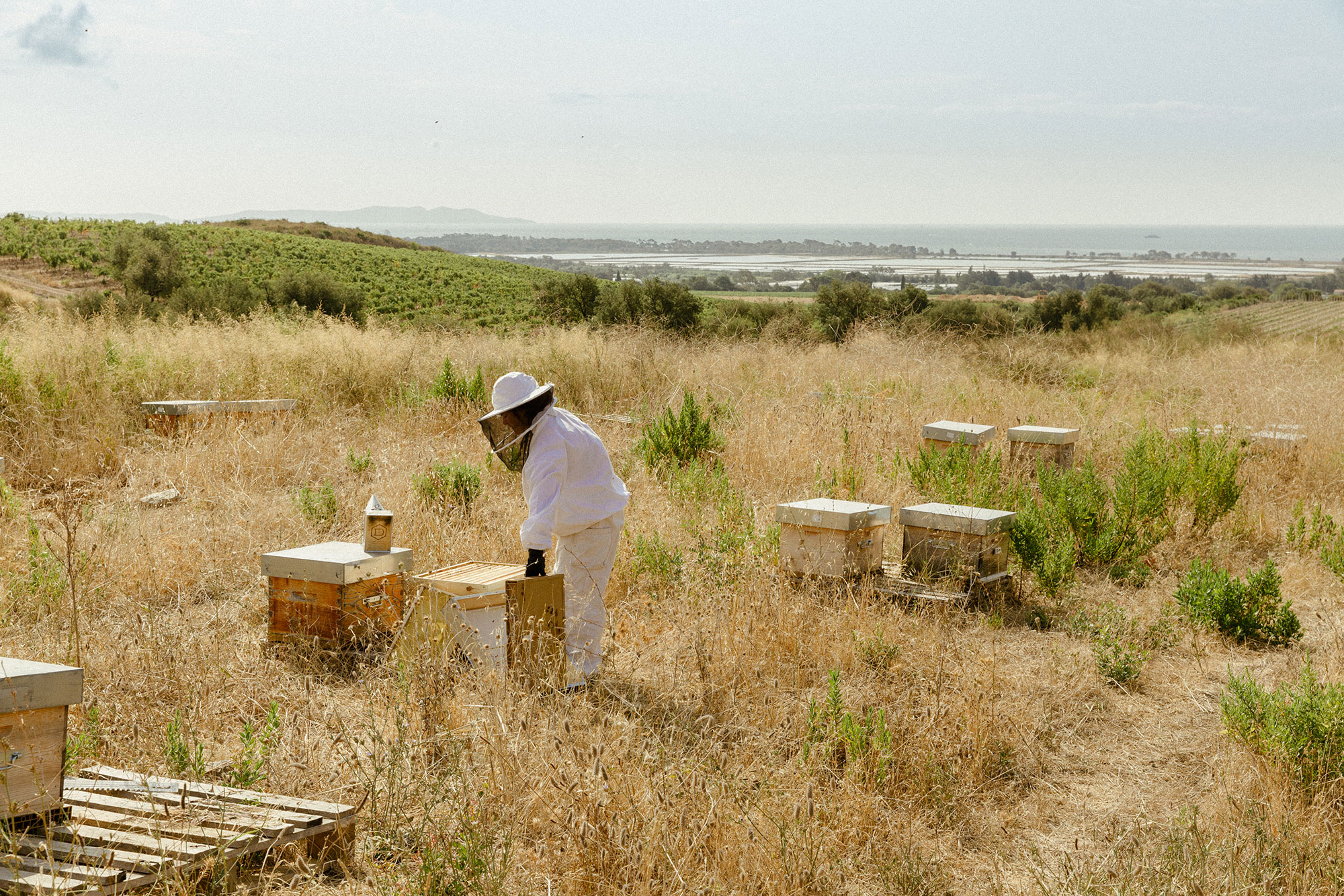
Can you describe Château Galoupet Cru Classé and Galoupet Nomade and what people can expect from these wines?
Château Galoupet Cru Classé Rosé 2021 is an intricate and layered creation working with grenache, rolle, syrah and intensely aromatic tibouren. Minerality meets creaminess, grapefruit zest gives way to peachiness on a long, sinuous journey to a fine saline finish.
Galoupet Nomade has notes of red berries and grapefruit, and a hint of salinity – a delicate but lively blend of grenache, syrah, rolle and cinsault.
Château Galoupet promises complete transparency about its production and ingredients – why is this?
Our ambition is to craft exemplary terroir wines in the most respectful way to the environment. At Château Galoupet, we work closely with a number of different partners to help us achieve this and as such see transparency about the work we do with them regarding production, ingredients, and beyond, as a fundamental aspect of sustainable development. We want to encourage others to be sustainable and so sharing our learnings as much as our failures is key.
Winemaking is still male-dominated. Have you found being a woman in the industry a challenge?
At Château Galoupet, we rely on expertise from all genders, across different disciplines. It’s been incredible to work with a team to really challenge the status quo – whether it be packaging, or how we craft our wine. We’re proud to have a female-skewed team both centrally and at the estate.
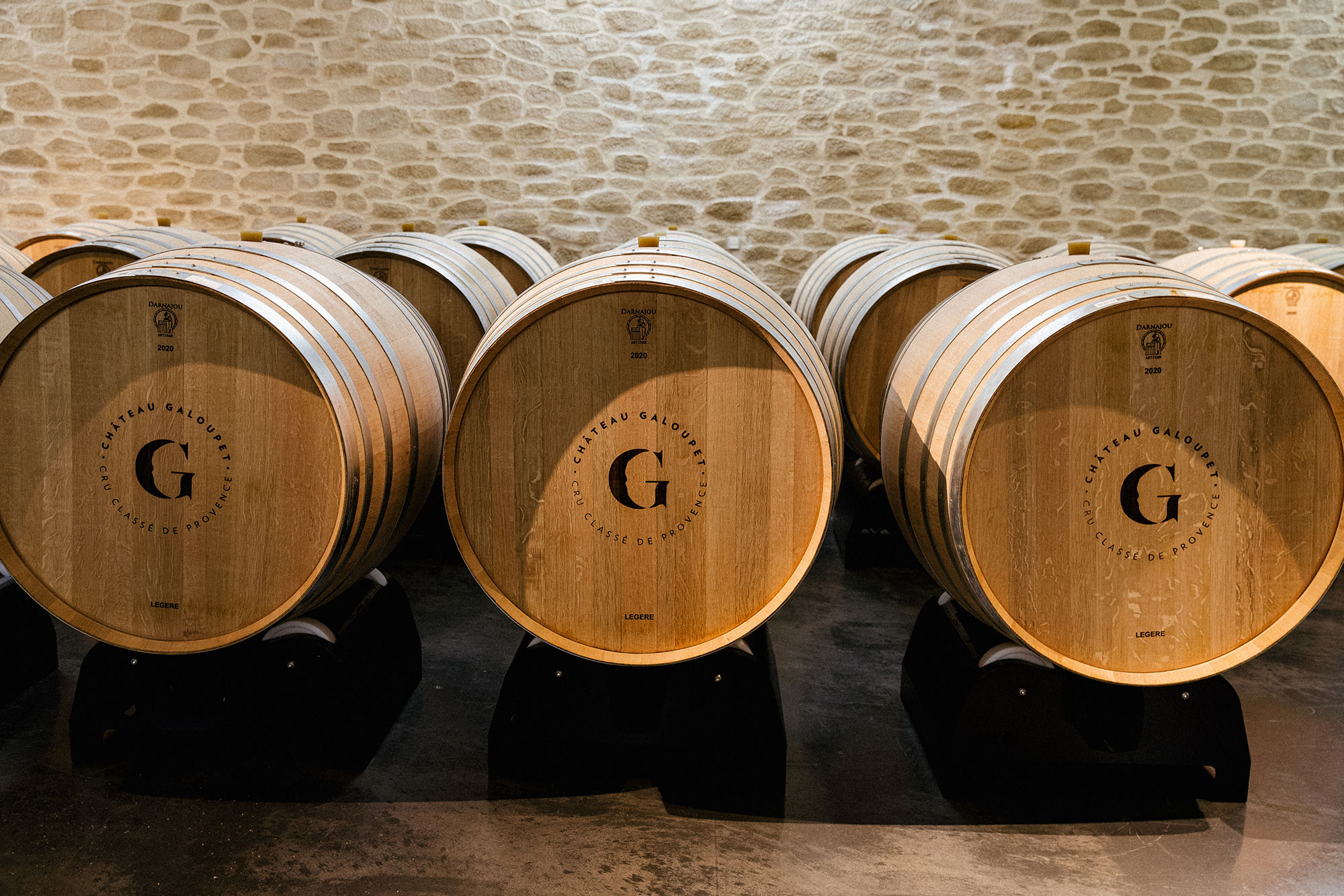
Do you have any wine heroes?
I have several: most directly and personally, I would have to name Maggie Henriquez (former president and CEO of Krug Champagnes, now CEO of Baccarat Crystal); otherwise, Cécile Tremblay and Marie-Thérèse Chappaz (both owners/winemakers of the namesake winery) come to mind.
What’s the best piece of advice you have ever received?
Now that I’ve mentioned Maggie, one of the best pieces of advice she gave me was that, while it’s important to compromise, one should never compromise on one’s values. These values and convictions have been the driving force behind this entire adventure.
What are your hopes for the future of Château Galoupet?
Château Galoupet is ready for a new beginning, where the balance of nature is our absolute priority.
The future of the estate’s wines will be informed by tests and trials working with climate-resistant grape varietals on dedicated plots in the vineyard. Biodynamic trials in other plots are also under way to create new wines.
To give back to our local community and visitors, we will develop Château Galoupet’s own biodiversity trail, which will be open to the public. This trail will showcase and explain the indigenous flora and fauna of the region, thereby giving back the nature of Provence to the local community.
We also have benchmarks in place to support local growers by 2024, besides refurbishing our winery so as to be carbon-positive by 2028.
Our mission is to consistently give back to nature more than we take, building an inspiring legacy for the future.

